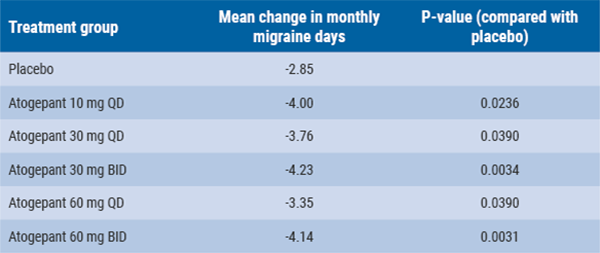In a plenary review session, she said an increased relapse risk in the first 3 months postpartum was found in a well-known study by Confavreux et al. [1], but this was before disease-modifying treatments were available and before MRI scans could help diagnose MS after just one attack. Dr Langer-Gould initiated a study to see if the relapse risk in the early postpartum period is still augmented today [2].
She identified 466 pregnancies among 375 women with MS and fond no rebound disease activity directly after giving birth. “This is likely due to the inclusion of women from a population-based setting and of women diagnosed after a single relapse, and high rates of exclusive breastfeeding.” Of the participants, 38.0% were not on any treatment in the year prior to conception, 14.6% had clinically isolated syndrome and 8.4% relapsed during pregnancy. In the postpartum year, 26.4% relapsed and 41.2% resumed disease-modifying treatments. Annualised relapse rates declined from 0.39 pre-pregnancy to 0.14-0.07 (P<0.0001) during pregnancy. In the first 3 months postpartum, annualised relapse rate was 0.27 (P=0.02), and returned to pre-pregnancy rates (0.37) at 4-6 months.
Dr Langer-Gould was “pleasantly surprised” to find that 87% breastfed and 35% breastfed exclusively. Exclusive breastfeeding reduced the risk of postpartum relapses (adjusted HR 0.58; P=0.01), but resuming modestly effective disease-modifying treatments had no effect. “Times have changed”, she concluded. In her opinion, advising against breastfeeding because of MS is overly conservative and unnecessary.
1. Confavreux C, et al. N Engl J Med. 1998;339(5):285-91.
2. Langer-Gould A, et al. AAN 2019, S6.007.
Posted on
Previous Article
« Efficacy, tolerability, and safety of ubrogepant confirmed Next Article
New formulation of rimegepant: fast onset of action »
« Efficacy, tolerability, and safety of ubrogepant confirmed Next Article
New formulation of rimegepant: fast onset of action »
Table of Contents: AAN 2019
Featured articles
Letter from the Editor
Interview with Prof. Natalia Rost
Alzheimer's Disease and other Dementias
Amyloid PET in cognitively impaired patients
Tight blood pressure control lowers risk of mild cognitive impairment
Epilepsy
Headache and Migraine
Multiple Sclerosis and NMOSD
Immune tolerance by peptide-loaded tolerogenic dendritic cells
Biotin, ocrelizumab, and ibudilast in progressive MS
No increased MS relapse risk postpartum
Neuromuscular Disorders
First-ever effective and safe treatment of CMT1A
Parkinson’s Disease and other Movement Disorders
Leukaemia and hypertension therapies tested in Parkinson’s disease
Stroke
Miscellaneous
Possibly lifesaving therapy in refractory PML
New AAN guideline for treating Tourette syndrome
Subspecialty teleneurology: feasible and highly valued
Related Articles
July 30, 2019
T-type-calcium channel modulator in essential tremor

July 30, 2019
Atogepant effective and safe for migraine prevention
July 30, 2019
Lasmiditan: rapid onset of efficacy in acute migraine
© 2024 Medicom Medical Publishers. All rights reserved. Terms and Conditions | Privacy Policy

